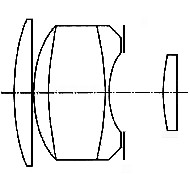
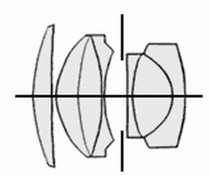
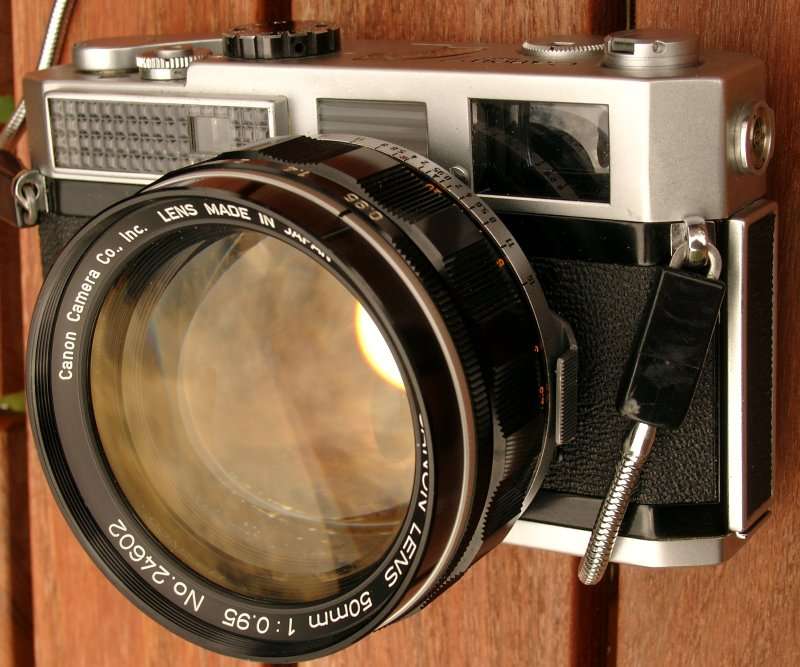
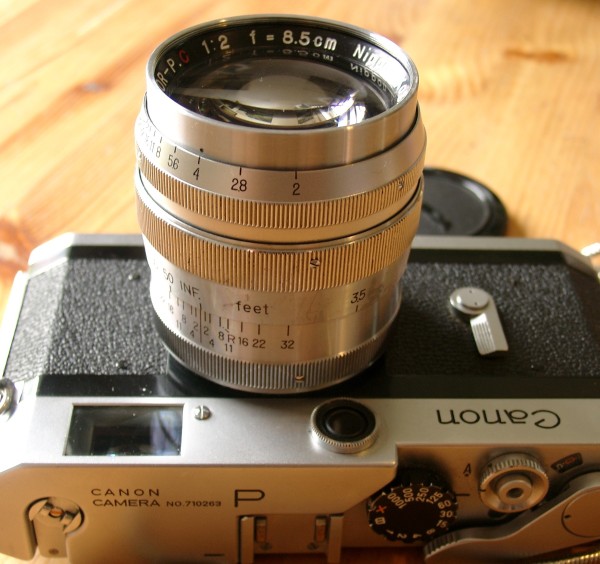
 |
 |
| Nikkor P.C. f/2 8.5cm (1948
- 5
elements/ 3 groups) |
Zeiss Sonnar f/2 8.5cm (7
elements/ 3 groups) |
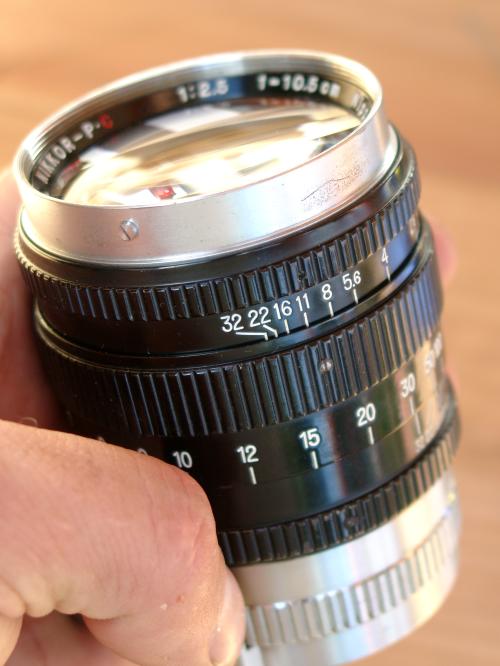
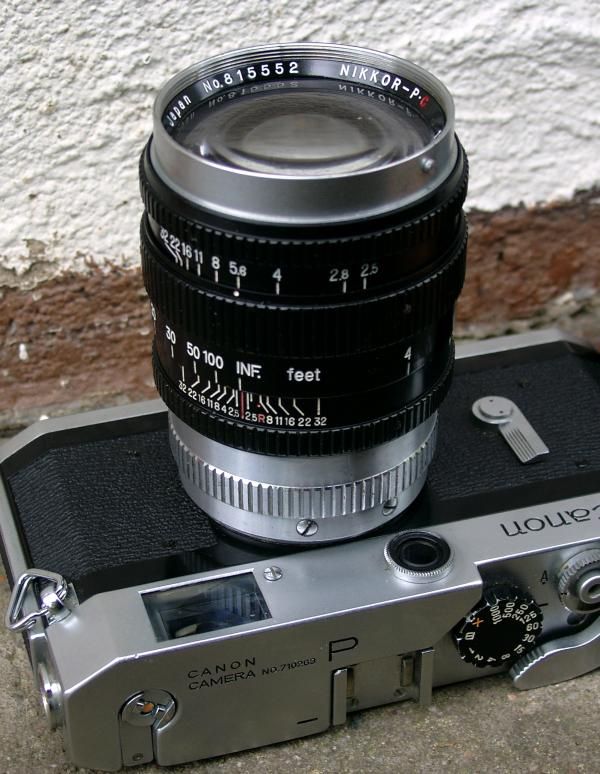
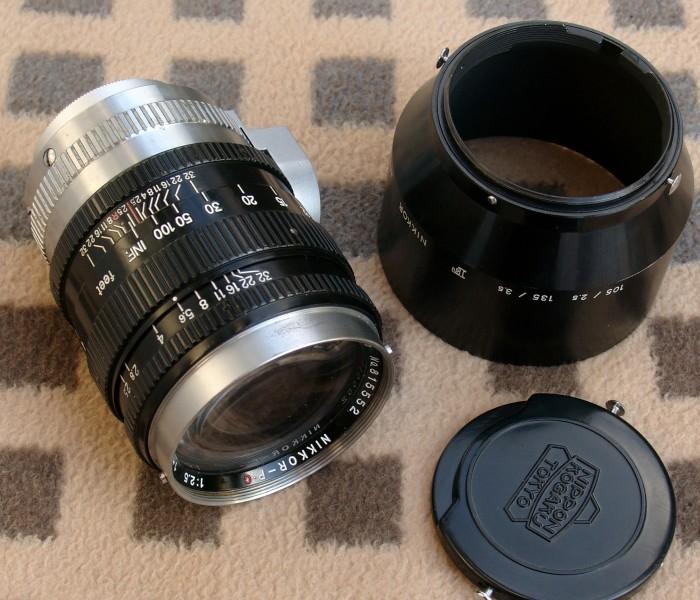
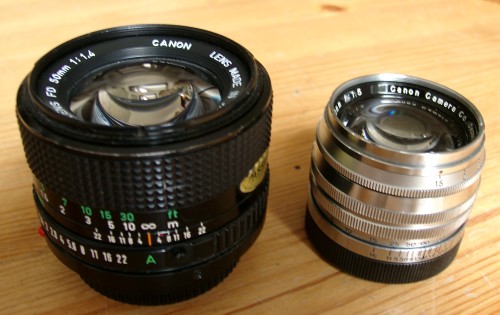
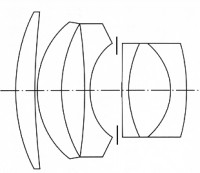 |
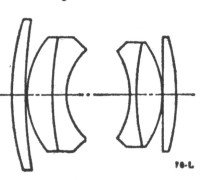 |
| Sonnar f/1.5 (7 elements/ 3
groups) |
Planar f/2 (6 elements/ 4
groups) |
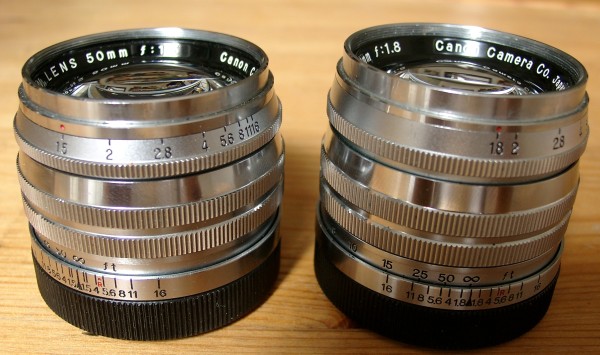
| Canon "Sonnar" 1.5/50 (1947-1958) |
Canon "Planar"
1.4/50 (1959-1968) |
Voigtländer Nokton 1.5/50mm (2000) |
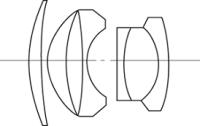 |
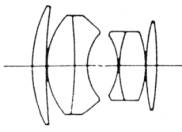 |
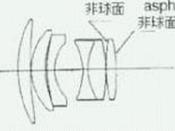 |
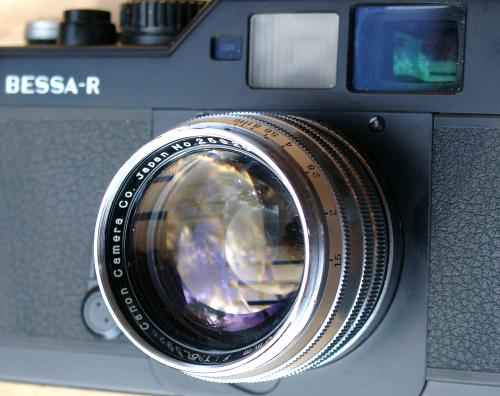
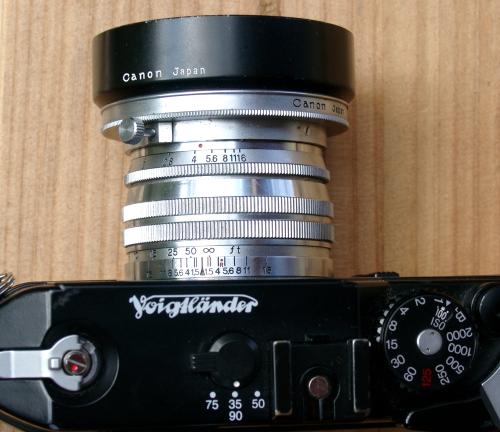
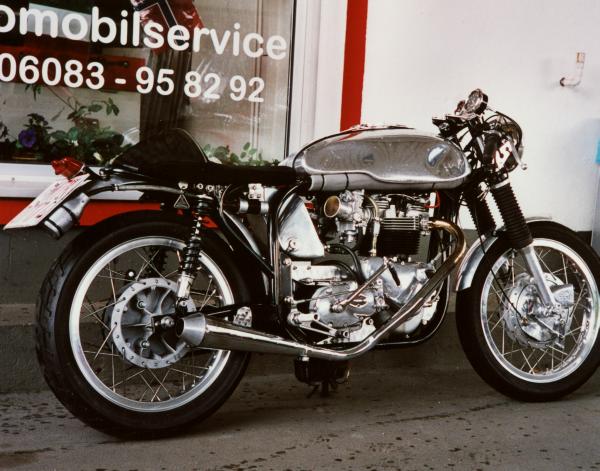
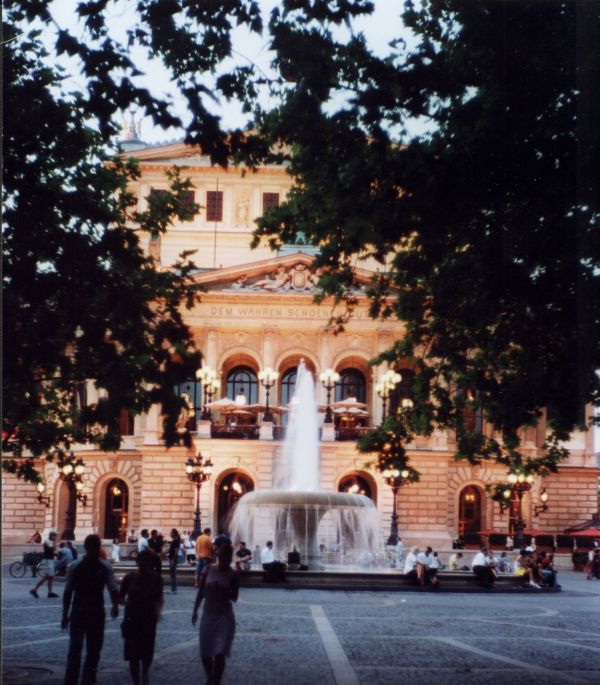
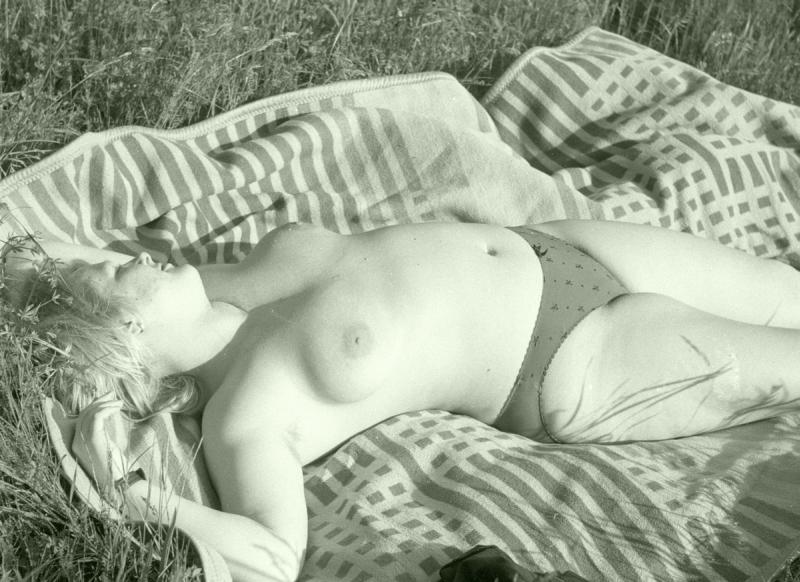
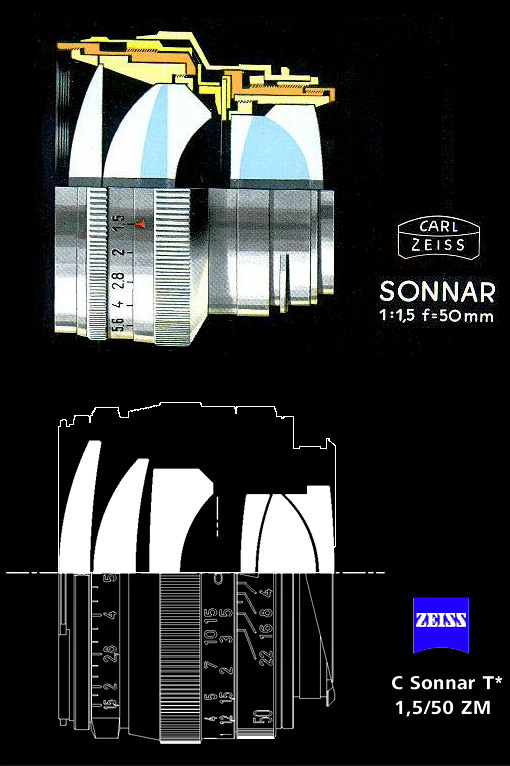 |
June 2006 ZEISS announced for
the first time since CONTAX IIa/ IIIa was ceased more than
40 years
ago, a Sonnar 35mm film lens with the classical data f/1.5
50mm -
fitting the Rangefinder camera Zeiss-Ikon (Leica M mount)
available
since 3/4 year on the market.. It is more like the initial Sonnar-type invented by Ludwig Bertele than any other lens Zeiss had launched within the last 40 years under the "Sonnar" name. The third element of the Bertele design with lower optical power was replaced by (what old lens designers call) "air-lens". Different to those Ernostar-types mostly containing 4-5 elements, this one has one cemented triple in thge rear. In the 1950's companies like Canon and Asahi Optical experimenting with the Sonnar type, dissolving the last groups creating a 6 elements- 4 groups design, still keeping a Sonnar type. So in 2006 Zeiss did the same stuff with the front triple group and shows to the market that the initial design still has reserves (assumed by traditionalists all the time). Maybe it will not show clinical sharpness like the hyper-modern designed Leica Apo-Summicron ASPH. 1.4/50mm -- but probably will cost only 1/3 of it. Anyway direct comparison picture-by-picture to the ZM-Planar 2.0/50mm will be interesting. For these guys using Rangefinder the traditional way, as a journey or reportage camera, it may be worth a thought that the Sonnar is 6mm shorter than the ZM-Planar and uses 46mm filter (which is a quite common size) Test pictures of this lens here - available soon..! |
 |
 |
| Comparison of measured
MTF-Data published
by Zeiss of
ZM-lenses 2.0/50 Planar
(downside) and 1.5/50 C-Sonnar (above): At a level of
high
resolution fine structures were shown with lower
contrast at
f/1.5 than with the Planar at f/2, what can be detected
by the 40lp/mm
line.
At f/4 contrast of both lenses is very high with both
lenses, but at
very fine structures the Sonnar is weaker by a breeze.
Both showing
visible falloff of performance to the outmost edges of
the pictures -
stronger for the Sonnar. No surprise, the f/1.5
Sonnar shows a
bit more light-falloff to the edges wide open. Anyway
both lenses
looking quite resembling form paper values - pictures
will tell..! |